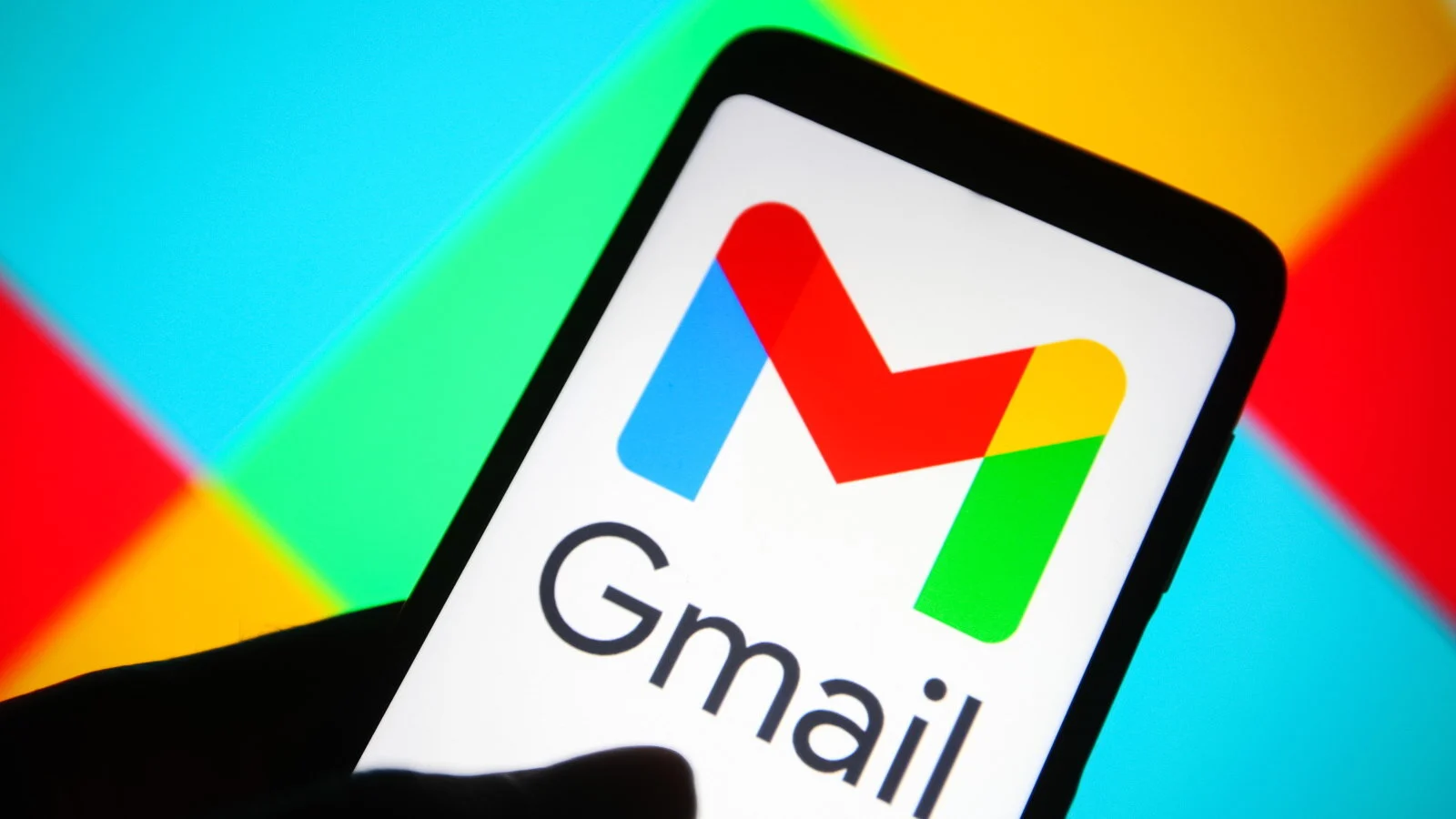17/10/2024
17/10/2024

Since its launch in 2004, Gmail has become a dominant force in the world of email, offering users unprecedented storage space and innovative features. Initially introduced with a playful April Fool's Day release, Gmail quickly set industry standards. However, over the years, some of the appeal that made it so popular has faded. Google's original motto, "Do no evil," has been overshadowed by its evolution into a large conglomerate, currently under scrutiny by the U.S. Department of Justice for potential antitrust violations. As a result, many users are now seeking alternative, more secure email options to avoid concerns related to advertising and data privacy.
Google’s primary business model revolves around advertising, and this has impacted its email services. For years, Gmail scanned users’ emails to display targeted ads, sparking privacy concerns. Though the company stopped this practice in 2017, it continues to use other methods, such as user activity across its platforms, to serve personalized ads. While this may align with industry norms, it has led to increasing dissatisfaction among users who prefer a cleaner, more private inbox experience.
Today, Gmail still displays targeted ads based on users' behavior across Google services. Many users feel overwhelmed by the constant influx of marketing emails and advertisements. As a result, some are turning to paid email services that offer a more streamlined and ad-free experience, valuing privacy and control over convenience and free services.


